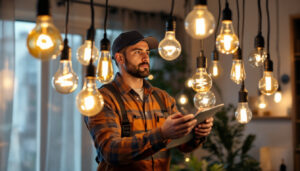
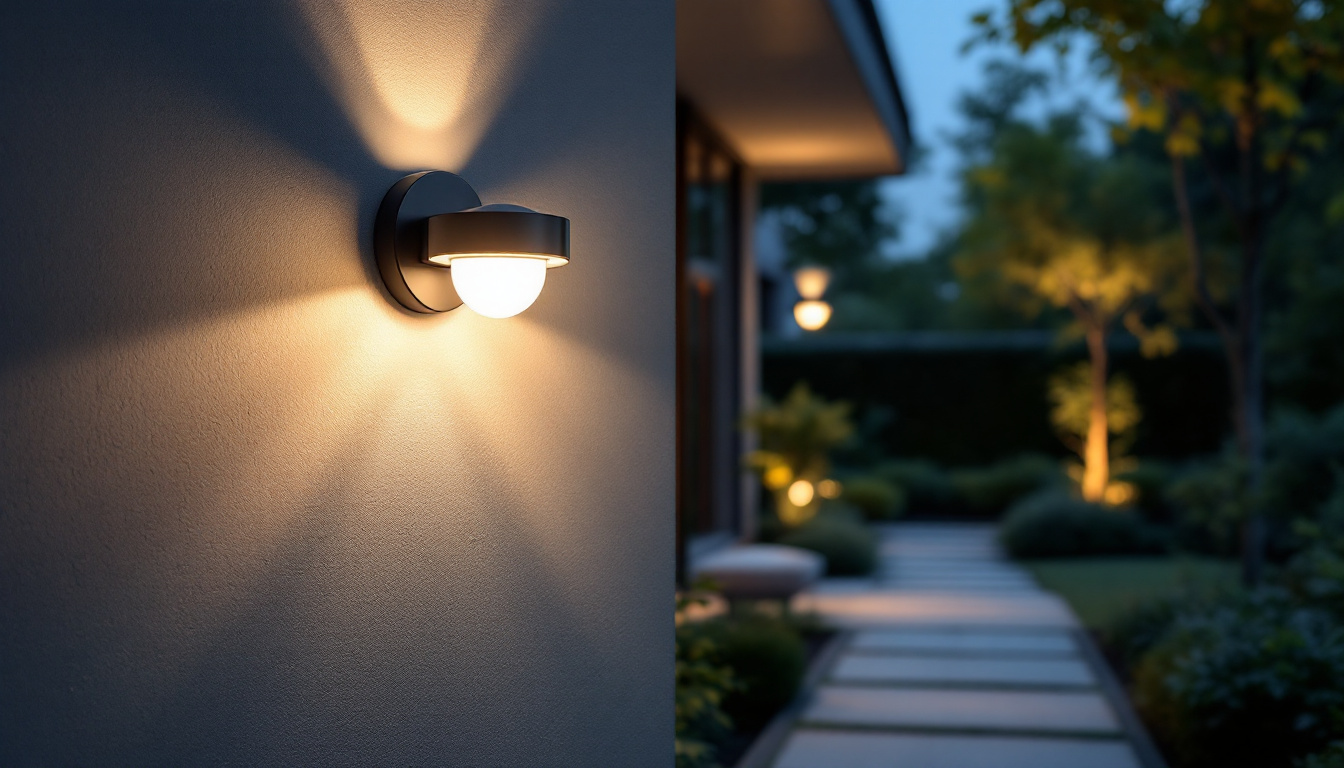
In the realm of outdoor lighting, motion lights play a crucial role in enhancing security, convenience, and aesthetics. For lighting contractors, understanding the intricacies of exterior motion lights is essential for providing optimal solutions to clients. This article delves into key tips that can help contractors navigate the complexities of motion lighting installations effectively.
Before delving into installation techniques, it is vital for contractors to grasp the underlying technology of motion sensors. Motion sensors detect movement within a specified range and trigger the lighting system accordingly. This technology can be broadly categorized into two types: passive infrared (PIR) and active sensors.
PIR sensors are the most common type used in exterior motion lights. They work by detecting changes in infrared radiation, which is emitted by warm objects, such as humans and animals. When a warm body enters the sensor’s field of view, the sensor activates the light. This type of sensor is energy-efficient and ideal for residential applications. Additionally, PIR sensors are typically designed to have a wide detection range, often covering angles of up to 180 degrees, which allows for extensive monitoring of outdoor spaces. Their simplicity and reliability make them a popular choice for homeowners looking to enhance security without incurring high energy costs.
In contrast, active sensors emit a signal, such as ultrasonic or microwave waves, and detect changes in the reflection of that signal. These sensors can detect movement through walls and other obstacles, making them suitable for more complex environments. However, they may be more susceptible to false alarms, particularly in areas with significant environmental noise. Active sensors are often employed in commercial settings where comprehensive coverage is necessary, such as in parking lots or large warehouses. Their ability to penetrate barriers allows for greater flexibility in placement, enabling contractors to design systems that optimize coverage while minimizing blind spots.
Moreover, active sensors can be integrated with advanced technologies, such as smart home systems, allowing for remote monitoring and control via smartphones or other devices. This integration not only increases convenience but also enhances security by providing real-time alerts and notifications. As technology continues to evolve, the capabilities of motion sensors are expanding, offering features like adjustable sensitivity settings and programmable schedules, which can further tailor the lighting response to specific user needs and preferences.
The effectiveness of motion lights is heavily influenced by their placement. Proper positioning can enhance their performance and minimize false activations. Contractors should consider several factors when determining the optimal location for installation.
Mounting height is critical for motion sensors. Generally, a height of 6 to 8 feet is recommended, as this range allows for optimal detection while minimizing the risk of obstructions. Additionally, the angle of the sensor should be adjusted to cover the desired area without being overly sensitive to minor movements, such as passing cars or blowing leaves. This careful calibration not only ensures that the lights activate when truly needed but also prolongs the lifespan of the bulbs by reducing unnecessary usage.
Contractors must also account for environmental factors that could affect sensor performance. Areas with heavy foliage or structures may obstruct the sensor’s field of view, leading to reduced effectiveness. It is advisable to conduct a thorough site assessment to identify potential obstacles and determine the best locations for installation. Furthermore, seasonal changes can impact the environment significantly; for instance, trees may lose their leaves in the fall, potentially altering the sensor’s detection area. Therefore, it’s wise to revisit the installation site periodically to ensure that the motion lights continue to function optimally throughout the year.
Another crucial aspect to consider is the ambient lighting conditions in the area where the motion lights will be installed. Motion sensors are designed to activate in low-light conditions, so placing them in areas that are already well-lit can lead to unnecessary activations or failure to trigger when needed. For instance, positioning lights near street lamps or other sources of illumination may confuse the sensor’s ability to detect movement. Therefore, it is essential to evaluate the existing light sources during the planning phase, ensuring that the motion lights will serve their intended purpose effectively without interference from other lighting elements.
In addition to height and environmental factors, the coverage area of the motion lights should also be taken into consideration. Understanding the specific zones that require illumination—such as driveways, entryways, or backyards—can aid in selecting the right type of motion light and its positioning. Some models offer adjustable detection ranges, allowing for customization based on the unique layout of the property. By strategically placing lights to cover these critical areas, contractors can enhance security and provide peace of mind for homeowners, ensuring that every corner is well-lit and monitored for any unexpected activity.
Proper wiring and power supply are vital components of any motion light installation. Understanding the electrical requirements and ensuring compliance with local codes can prevent potential issues down the line.
Most exterior motion lights operate on standard voltage, typically 120V. However, some models may require low-voltage wiring, especially if they are part of a larger landscape lighting system. Contractors should familiarize themselves with the specific electrical requirements of the products they are installing to ensure compatibility.
There are various power supply options available for motion lights, including hardwired connections and solar-powered systems. Hardwired installations provide a reliable power source, while solar-powered lights offer flexibility and ease of installation. Contractors should assess the site conditions and client preferences to recommend the most suitable option.
With a plethora of motion light options available on the market, selecting the right product for a specific application can be daunting. Contractors should consider several factors to ensure they choose the best fit for their clients’ needs.
Brightness is a crucial factor in the effectiveness of motion lights. Measured in lumens, the brightness level required will depend on the specific application. For instance, a residential driveway may require less lumens compared to a commercial parking lot. Contractors should evaluate the area to determine the appropriate brightness level for optimal safety and visibility.
Exterior motion lights must withstand various weather conditions, including rain, snow, and extreme temperatures. It is essential to select lights that are rated for outdoor use and have appropriate weatherproofing features. Look for products with an IP (Ingress Protection) rating to ensure they can endure the elements without compromising performance.
Once the right products have been selected, proper installation is paramount to ensure functionality and longevity. Following best practices can help contractors achieve optimal results.
Before securing the motion light in place, it is advisable to test the sensor and light function. This step allows contractors to adjust the angle, sensitivity, and duration settings to ensure the system operates as intended. Testing can prevent potential issues that may arise after installation, saving time and resources.
Properly securing and sealing all electrical connections is crucial to prevent moisture ingress and corrosion. Using weatherproof connectors and sealants can enhance the durability of the installation. Additionally, ensuring that all wiring is adequately protected from exposure to the elements will help maintain the integrity of the system over time.
Most motion lights come with adjustable sensitivity and timing settings. These features allow contractors to customize the performance of the lights based on the specific needs of the installation site.
Adjusting the sensitivity of the motion sensor can help reduce false activations caused by environmental factors. For example, in areas with high foot traffic, a higher sensitivity setting may be appropriate. Conversely, in locations prone to wind or wildlife activity, lowering the sensitivity can minimize unnecessary triggers.
The duration for which the light remains on after activation can also be adjusted. Contractors should consider the intended use of the area when setting this parameter. For instance, a pathway may require a shorter duration compared to a driveway where users may need more time to enter and exit their vehicles.
Regular maintenance is essential to ensure the long-term performance of exterior motion lights. Contractors should educate clients on basic maintenance practices and common troubleshooting techniques.
Over time, dirt, debris, and weather conditions can affect the performance of motion lights. Regular cleaning of the sensor lens and light fixture will help maintain optimal functionality. Additionally, periodic inspections can identify any potential issues, such as loose connections or damaged components, before they escalate into significant problems.
Contractors should be prepared to address common issues that may arise with motion lights. These can include false activations, lights not turning on, or lights staying on continuously. Understanding the typical causes of these problems, such as sensor misalignment or wiring issues, will enable contractors to provide effective solutions for their clients.
While functionality is paramount, aesthetics should not be overlooked. Exterior motion lights can enhance the visual appeal of a property when chosen and installed thoughtfully.
Contractors should consider the architectural style and landscaping of the property when selecting motion lights. Options range from sleek, modern designs to more traditional styles, allowing for seamless integration with the existing environment. A well-chosen fixture can enhance the overall look of the property while providing essential lighting.
The color temperature of the light can significantly impact the ambiance of outdoor spaces. Warmer color temperatures (2700K-3000K) create a cozy and inviting atmosphere, while cooler temperatures (4000K-5000K) provide a more modern and vibrant feel. Contractors should discuss these options with clients to select the most suitable color temperature for their outdoor lighting design.
Exterior motion lights are a valuable addition to any outdoor lighting project, offering security, convenience, and aesthetic appeal. By understanding motion sensor technology, choosing the right products, and following best installation practices, lighting contractors can provide clients with effective and reliable solutions. Regular maintenance and attention to design considerations will further enhance the performance and visual impact of motion lighting systems.
With these key tips in mind, lighting contractors can confidently navigate the world of exterior motion lights, ensuring their clients receive the best possible service and results. As the demand for outdoor lighting solutions continues to grow, staying informed and adaptable will be essential for success in this dynamic field.
Ready to elevate your lighting projects with the best exterior motion lights on the market? Look no further than LumenWholesale, where we specialize in providing contractors with high-quality, specification-grade lighting products at unbeatable wholesale prices. Say goodbye to local distributor markups and hello to superior lighting solutions that meet the highest industry standards. With our hassle-free bulk buying and free shipping, you can stock up on reliable, high-performance lighting for all your needs. Don’t compromise on quality or price. Visit LumenWholesale today and discover the perfect blend of quality, affordability, and convenience for your next outdoor lighting project.

Discover how the Led Industrial Lights Factory is revolutionizing the lighting industry with cutting-edge technology and sustainable solutions.
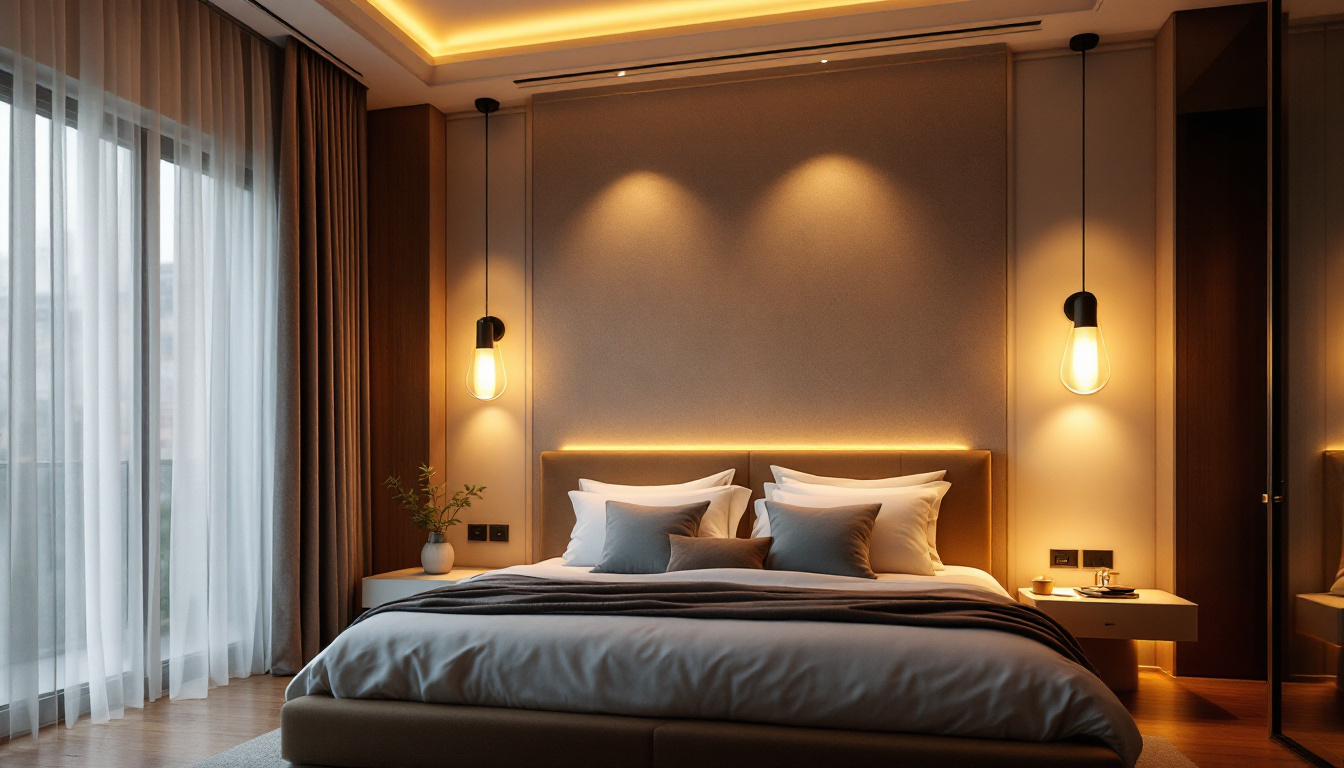
Discover expert tips for lighting contractors to seamlessly install bedroom flush mount lighting.
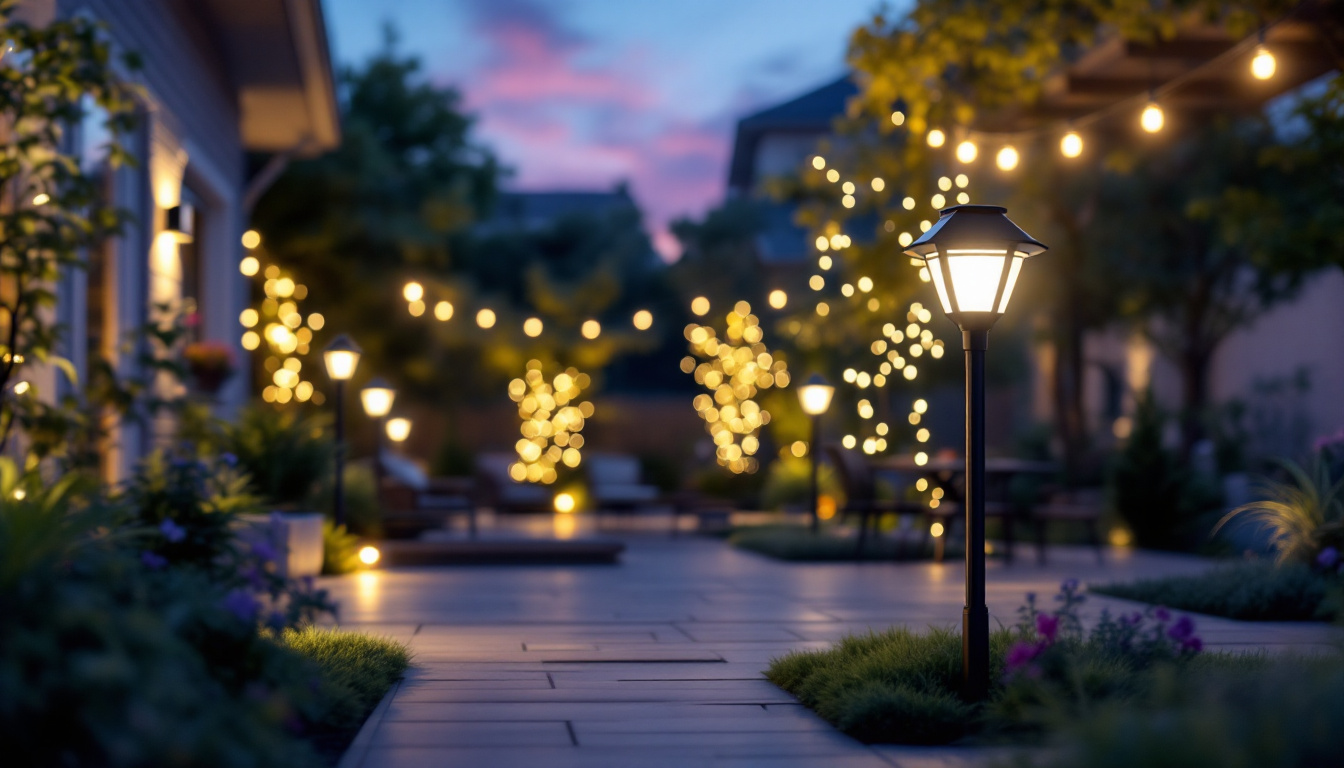
Discover the latest advancements in solar outdoor lighting and why it’s essential for lighting contractors to stay informed.
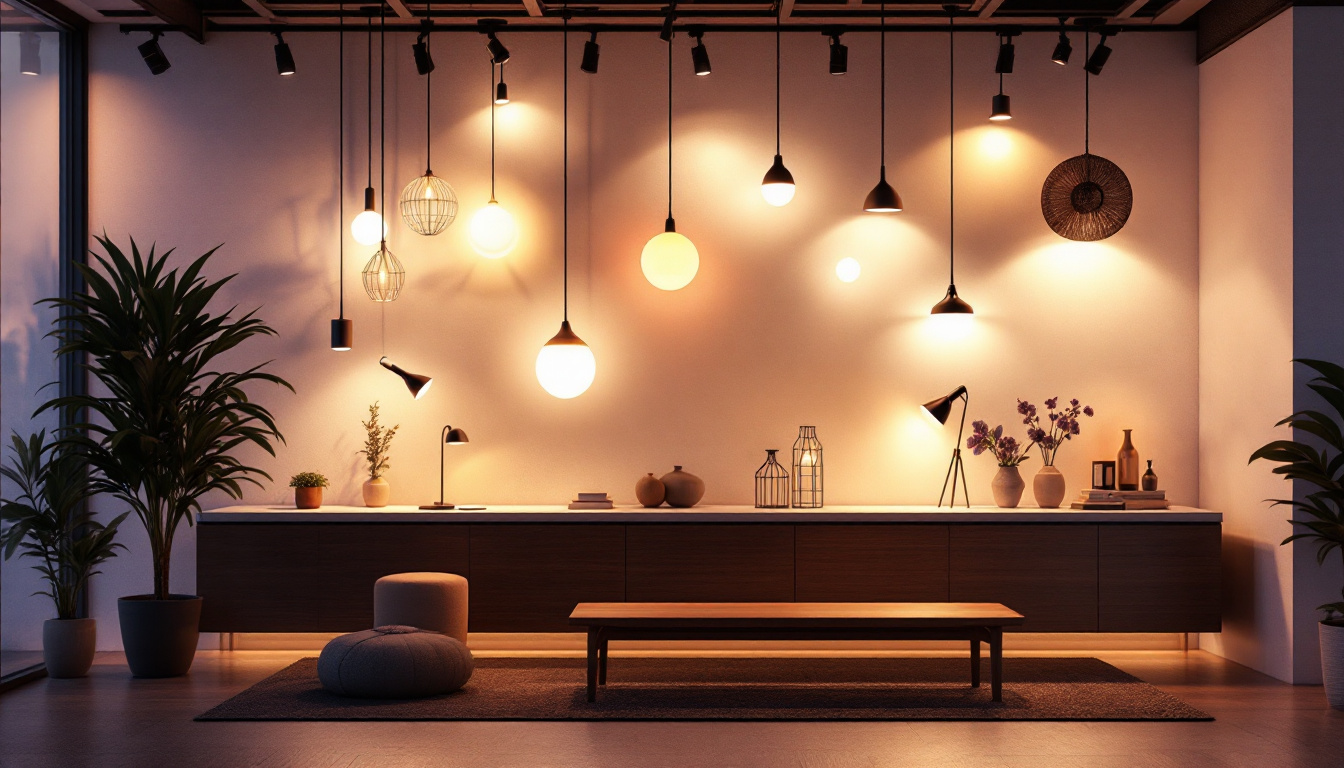
Discover the latest trends in build lighting that every contractor needs to stay ahead in the industry.
Get notified when NEW deals are released.
Optimize your budget with wholesale discounts.
Only top-quality, specification-grade lighting products.
No additional costs at checkout - what you see is what you pay.
We understand the unique needs of contractors.